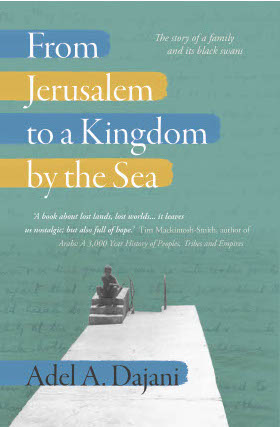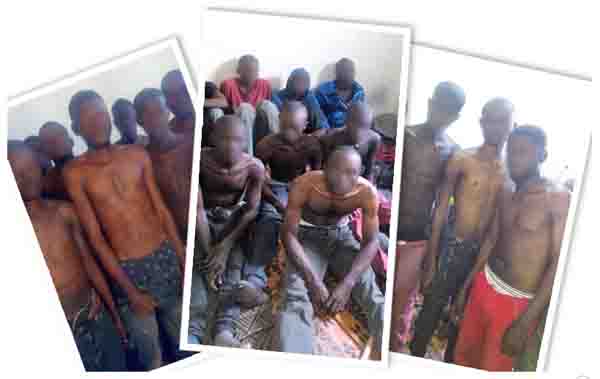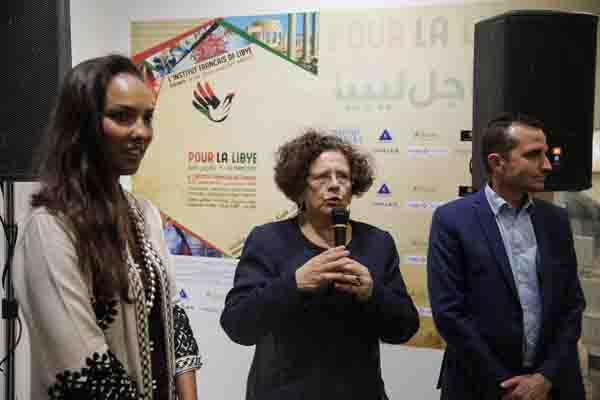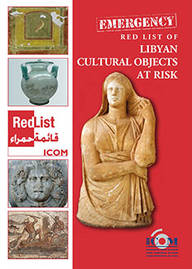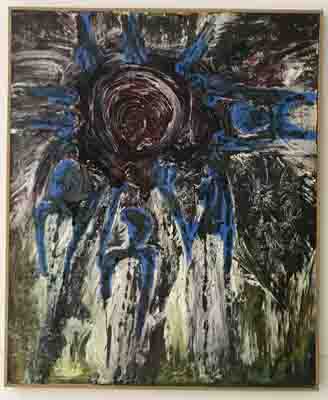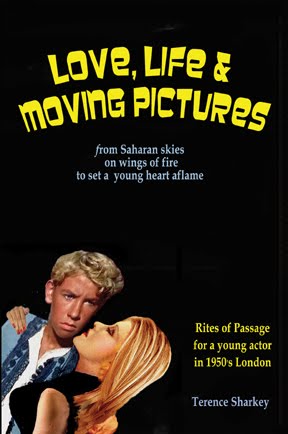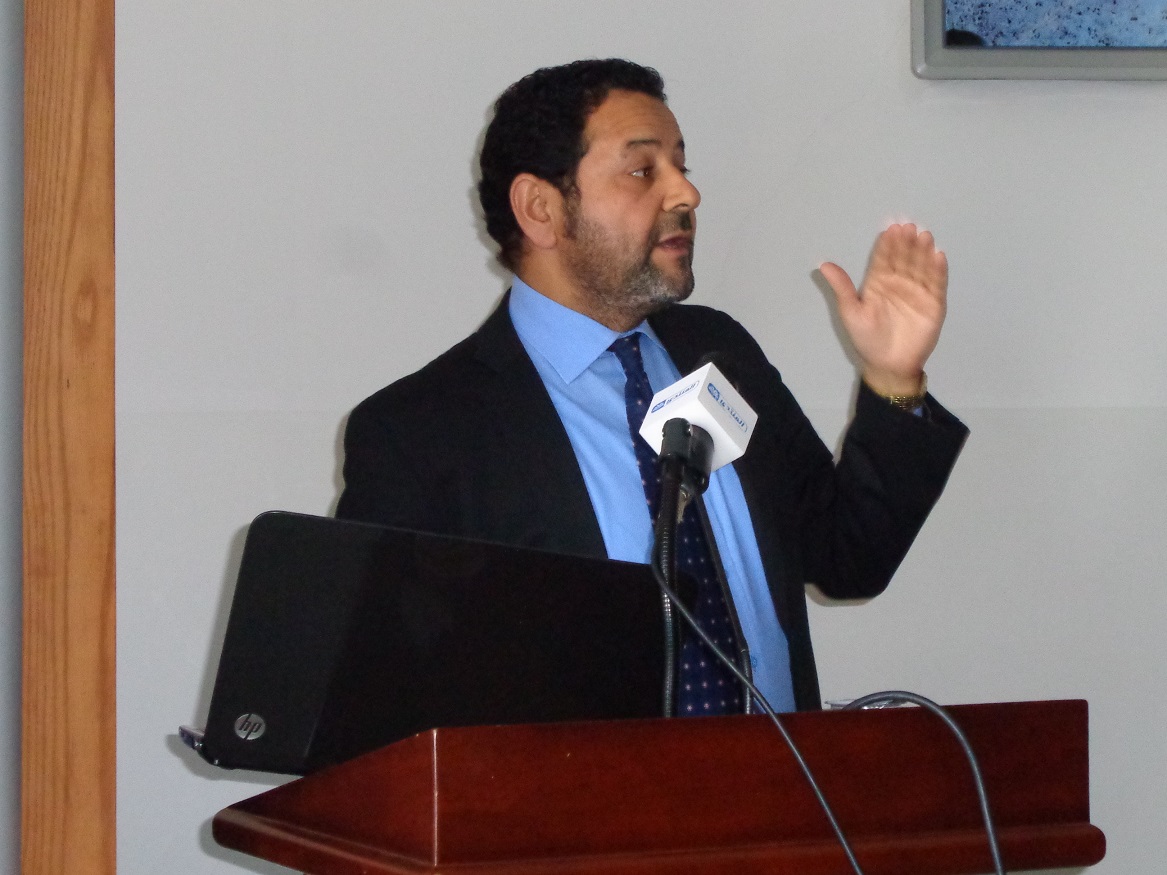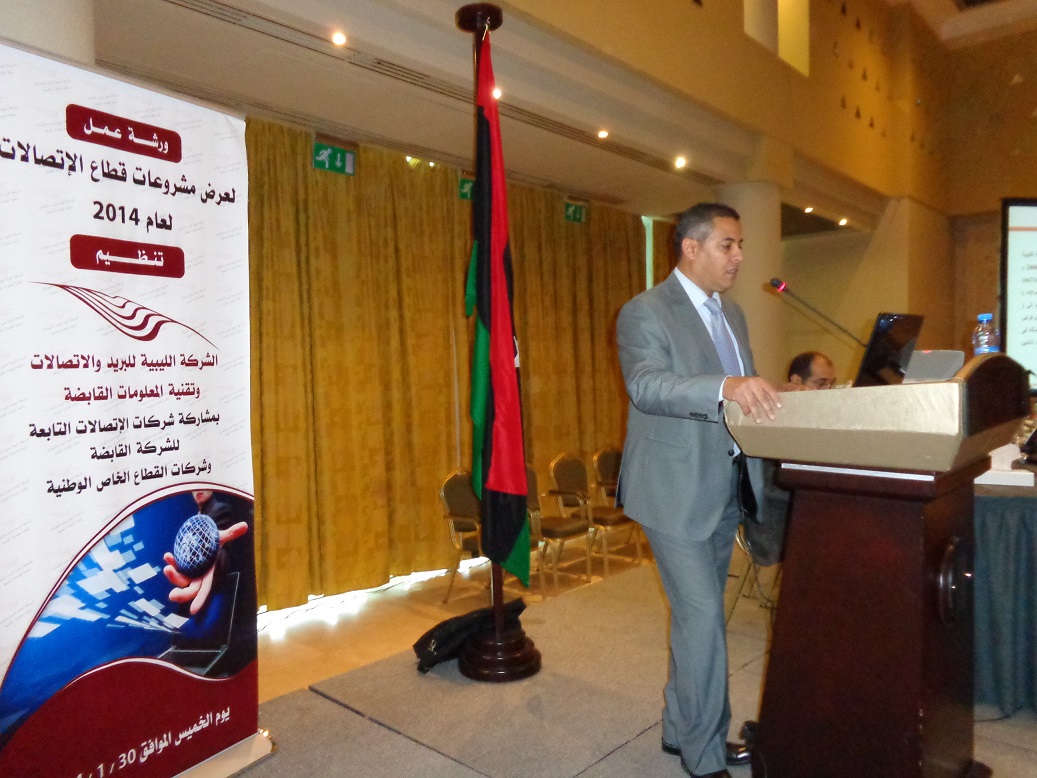By Valerie Stocker.

Tripoli, 31 January 2014:
When reporters visited Warshefana last Friday, 24 January, the area . . .[restrict]southwest of Tripoli had been the scene of intermittent fighting for a week. What began on 19 January with an anticrime raid by the Revolutionaries Operations Room and the Tripoli Joint Operations Room to arrest at least 177 suspected gang members soon merged into full-fledged local warfare, as Warshefana fighters responded to what they saw as an aggression.
In their view, the presence of Suq Al-Juma and Tajoura forces and those from neighbouring Zawiya and the Jebel Nafusa cast doubt on the neutrality of the raid. Both the death of east Tripoli brigade commander Mohamed Kara on the first day of fighting and widespread accusations that the Warshefana tribe was tuning up its reactionary rhetoric increased local support for further retaliation. Just a day before the raid, counter-revolutionary propaganda channels had shown people in Warshefana towns holding up green flags and Qaddafi portraits.
The Libyan public has predominantly viewed the clashes through a revolutionary lens, branding the Warshefana area as infested with criminals and enemies of the new Libyan state. But behind the frontlines, outraged residents protested against a heavy-handed operation and were keen to denounce what they see as a political and media campaign against them.
Sorrow and indignation at Zahra hospital
“All casualties of indiscriminate shelling” said the supervising doctor as he guided the visitors through the bare facilities of Zahra Hospital. There were three bodies at the mortuary that day: a 65-year old blown apart by a missile in his garden and two younger men with gunshot and shrapnel wounds.

Five others had died in the first round of fighting, including a toddler and a child. The hospital staff claimed that three patients with gas intoxication has just been transferred to a clinic in Tunisia. Less critical cases remained at the hospital. Faraj, whose leg was cast, voiced his indignation: “Without any official decision, regions joined forces against Warshefana. We are ready to cooperate with the army or police but these are forces trying to annihilate us.”

He said the accusations were made up: “There are azlam (Qaddafi loyalists) everywhere, not just here. This is a tribal issue. What does Zawiya have to do with the initial Suq Al-Juma operation? The government cannot do anything and the GNC failed to build the army and police. The crisis is entirely fabricated!”
Samer, in the adjacent room, had been struck while driving. “What for?”, he exclaimed. “What have I got to do with Souq Jumaa? Come to us with respect and we will welcome you. I supported the revolution. Aren’t we all brothers?”
According to its staff, the hospital lacked essential equipment and help from the Red Crescent and Health authorities was taking too long to arrive. The only other clinic in the area, Esbea, was being avoided because patients had allegedly been arrested inside the facility. Several patients need treatment abroad – like Ali, who sustained a head injury and could not speak.
The residents
Northeast of Zahra, the locality of Maamura was being evacuated with only a few elderly remaining. Fighting had ebbed off but distant gunshots resounded from the direction of Zawiya. Roads were empty, except for the occasional car packed with people and their belongings speeding off towards Aziziya or Tripoli. Damaged transmission lines had cut off electricity for most of the area. Many houses now lay in ruins, either through shelling or looting and arson. In front of the damaged mosque, a man recounted how his five-year old nephew, Moataz, was shot while the family was driving away from the fighting. “This is not the first time the whole area has to pay for the wrongs of individuals”, he said. “Even if there are criminals and azlam, like they say, this is no way to deal with it!”
In Hashan, the house of Amer Ramadan Marghani, the leader of Maamura council, illustrated the strength of the fighting. A missile went through the wall killing him, his wife and his 8-month old child. Blood stains covered the walls and the toddler’s toys. Standing in the middle of the debris, the mayor’s grieving brother appeared lost.

Attempts to save the reputation of the tribe
The resentment was tangible in Warshefana territory. Many said they had lost all faith in the media, which they believed were being used to stigmatise their tribe. “All this talk about azlam is wrong”, shouted Sheikh Nureddin, a tribal elder. “We are innocent civilians! This is the land of our ancestors and we are part of the nation. We are all brothers and stand with the revolution. Libya will not stabilise until Warshefana does!”
Some politically involved members of the tribe were particularly outspoken. Faraj Sayeh, who was minister in the initial NTC government and now lobbies for a political reconfiguration, emphasized that Warshefanis were among the first to fight – and fall – on the rebel side in 2011. “Many in this area led the revolution, either here or in Tripoli, and I was one of them”, he claims. “The first revolutionary who died in Zawiya was Warshefani!”
His brother, Jumaa Sayeh, a member of the General National Congress for Zahra and Annasiriyah, was no less proud of his tribal ancestors who, he said, fought Turkish and the Italians and had always stood for Libya rather than those trying to rule it by force.
He said Warshefana was wrongly perceived as passive during the revolution because the strong military presence made open rebellion impossible, but that many tribe members instead joined rebel forces elsewhere or fought secretly. “Fearing our influence, some began spreading lies about our tribe after the revolution”. Juma Sayeh firmly believes that the Warshefani resistance against is legitimate: “The confrontation was imposed upon us. Our honour, our land and our families are at stake. We have no choice but to fight. We either win or die.”

“A state-sanctioned conspiracy”
The local leaders reserved harsh criticism not just for the forces surrounding them but also the authorities that failed to prevent the violence. “The GNC and the government are creating fitna (strife) between the tribes”, exclaimed Mustafa Sawai from the Awlad Aissa clan. “Today there is fighting between Warshefana, Zawiya and Tajoura. Tomorrow it will be among this or that tribe…only so that the GNC can stay in power. Meanwhile, the population is fast asleep. We elected the GNC to take the country from bad to better. But instead they made it worse”.
According to Faraj Sayeh, the offensive against Warshefana was a deliberately provoked escalation of regional tensions in the interest of certain political factions. “This is only an excuse by the GNC to postpone its termination. GNC members are transferring their problem out to the Libyan people, using the policy of divide and rule.”
Juma Sayeh also portrayed it as the result of infighting between congressional factions crystallised around the political roadmap.
Warshefana recently hosted a tribal meeting for the formation of a national council of elders, which some in Libya interpreted as an attempt to undermine the acting institutions. “We do not want to stage a coup”, protested Sayeh. “We only want to make sure there is no power vacuum in case the GNC falls.” According to Sayeh, the state is powerless while unlawful militias are dictating policy. He accuses them of being backed by the Muslim Brotherhood “and their radical Islamist allies”.
Widespread anger towards Warshefana
Elsewhere, these claims have been rejected. Aside from calling them former regime loyalists, many in Tripoli believe that the Warshefana have brought trouble upon themselves by sheltering criminals. “There have been hundreds of cases of armed robbery and carjackings at fake roadblocks. This has become a major problem for us as the main road to Tripoli leads through Warshefana territory”, said one Jebel Nafusa resident.
Trying to halt the spiral of violence
The Warshefana clashes are seen as symptomatic of the crises that have engulfed the country as political rivalries intensify. The mixing of anti-crime action and anti-reactionary purges appears to have opened the door to an excessive use of force while, in the absence of police and army capable of enforcing law and order and of separating warring parties, clashes are increasingly difficult to prevent. Meanwhile, civilian casualties have inflamed passions among locals.
Throughout the crisis, there have been initiatives to end the fighting. As accusations flew back and forth, consultations began almost immediately at a local level – involving the local councils of Aziziya and Tripoli as well the Warshefana Shura Council.
From 21 January onwards, a series of meetings was held at the Tripoli Local Council, resulting in several joint statements. Attending members affirmed that all sides, including tribal leaders from Suq Al-Juma and Zawiya, were committed to restoring peace. As Warshefana Shura Council spokesman Buajila Seif al-Naser however noted, the difficulty has been in implementing decisions with there being “no army, only armed formations”.
Some of the demands from the Warshefana side have since been met. The Prime Minister has set up a ministerial committee to enquire into recent events and a number of Warshefana prisoners have been released. Warshefana representatives pledge cooperation with the authorities to arrest those wanted by the public prosecutor and turn over anyone who stirs incitement against the revolution.
It remains to be seen whether all conflict parties will stick to their commitments. [/restrict]

